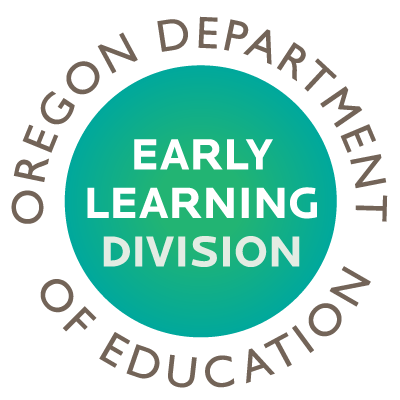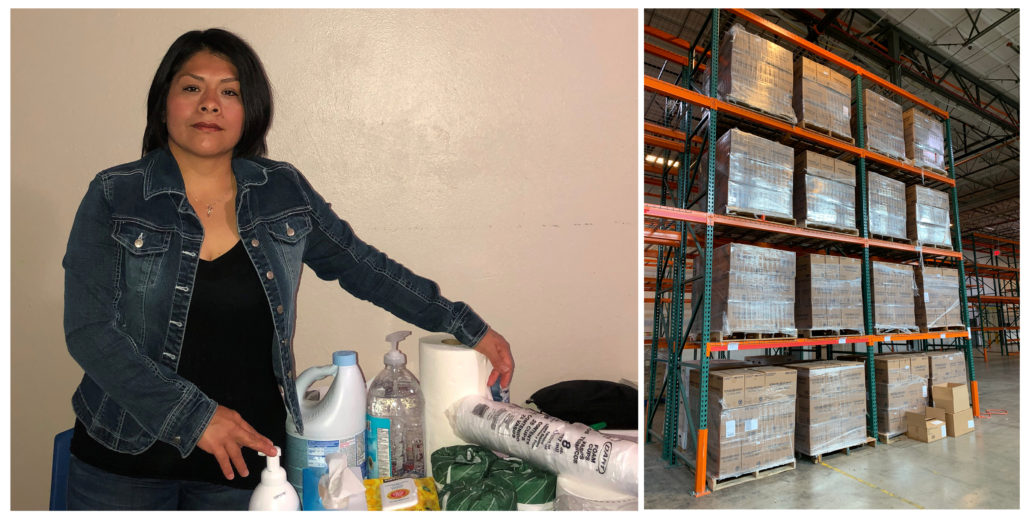News
Just as store shelves were emptied of toilet paper and hand sanitizer at the beginning of March, Early Learning Division (ELD) staff went to work to respond to the needs of child care providers – many of whom wouldn’t be able to operate without access to cleaning supplies and other essentials.
“Due to the COVID-19 crisis, there were supply chain issues, where basic necessities such as paper towels or diapers were difficult to find in stores,” said Denise Swanson, ELD’s emergency supplies project manager. “This problem was even more magnified for providers based in rural areas of Oregon.”
Emergency Child Care rules, which are still currently in effect, require child care providers to follow more stringent guidelines for cleaning and sanitizing. However, without access to bleach or disinfectant, providers couldn’t remain open to serve essential families. Within weeks, the ELD developed an online ordering process in partnership with Oregon’s Department of Administrative Services to help providers who chose to stay open during the pandemic.
“I was so scared to not have enough disinfectant for my program,” said Deyanira De La Cruz, owner Yani’s Child Care in Hood River. “I went to Portland to get my groceries and stopped at a pharmacy. They had a small batch of hand sanitizer but I could only buy one. I was desperate.”
De La Cruz runs an in-home child care facility, which means she doesn’t have the ability to make bulk purchases. As a state agency, ELD was able to purchase in demand items, including disinfecting wipes and hand sanitizer, and take orders from providers across Oregon. A state warehouse in Wilsonville became the supply hub, with the Oregon National Guard assisting in the packaging and processing of orders. De La Cruz not only received much-needed cleaning supplies, but also ordered gloves, diapers, paper towels, and food items.
“I felt the same emotions as when you buy new clothes or shoes,” said De La Cruz of the ability to order supplies through the state. “It was a relief for me and in that moment. We weren’t ready for this.”
In all, ELD fulfilled around 4,500 orders for 850 different child care providers – the majority of which were home-based.
“Only a couple of other states were doing anything to support providers with supplies,” said Swanson. “With many providers worried about the stability of their business during the pandemic, this was an immediate way to help them continue to safely care for children.”
The ELD has gathered sources for providers to access supplies and resources moving forward during the pandemic. Providers are able to purchase supplies with state funds awarded as part of the Emergency Child Care Grant program.




